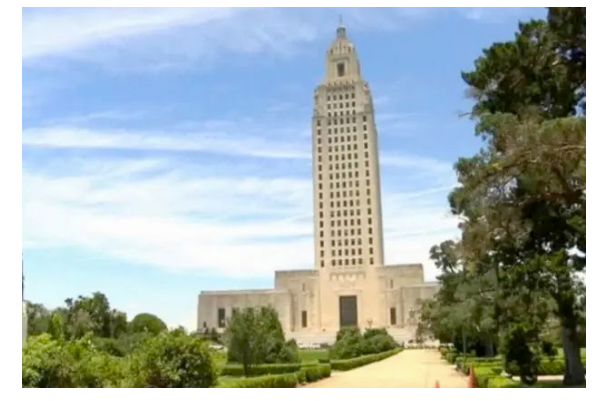Senate Concurrent Resolution 17 to approve the comprehensive master plan for integrated coastal protection was reported favorable without objection and forwarded to the House Committee on Transportation, Highways and Public Works. The plan cleared the Senate earlier this month with a vote of 36-0.
“It’s essentially the state’s plan on how we’re going to spend money as it relates to the overall protection and restoration of south Louisiana, both on the hurricane protection side and the coastal restoration side,” said Chip Kline, chairman of the Coastal Protection and Restoration Authority Board. “We developed this plan from the bottom up, not top down.”
Over $19 billion is dedicated to dredging projects, while $2.5 billion is slated for “programmatic restoration” for things like barrier islands, small-scale hydrologic restoration, oyster reefs, and shoreline protection.
A dozen projects worth $14 billion are focused on structural risk reduction, and another $11.2 billion is devoted to nonstructural risk reduction measures, such as elevations, floodproofing, and voluntary acquisition.
Klein offered an overview of the projects by region, as well as the anticipated long-term benefits.
“If we fully implement this master plan, if we build every project included within this master plan, that means that in 50 years Louisiana has less flood risk for hurricanes and tropical storms than we do today,” he said. “So these projects are doing exactly what we need them to do against some of the most significant and severe environmental scenarios quite frankly anywhere in the world.”
Based on different scenarios, the projects in the plan are expected to avoid between 233 and 314 square miles of land loss, $10.7 billion and $14.5 billion in annual damages, and 10,900 and 14,500 damaged structures.
“By Year 50, expected annual damage due to storm surge-based flooding may be reduced by $7.7 billion under the lower scenario and $10.7 billion under the higher scenario compared to a future without action,” according to an executive summary. “Nonstructural measures could further reduce expected annual damage by $3 billion and $3.8 billion under the lower and higher scenarios, respectively.”
CPRA’s fiscal year 2024 summary shows the agency plans to spend $1.64 billion next year, with the vast majority — $1.33 billion — going toward construction. The state has 147 total active projects, with 86 in the construction phase, 58 in engineering and design, and six in planning, according to the document.






